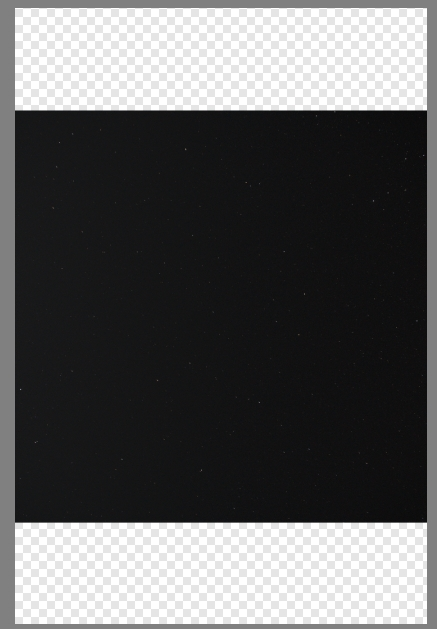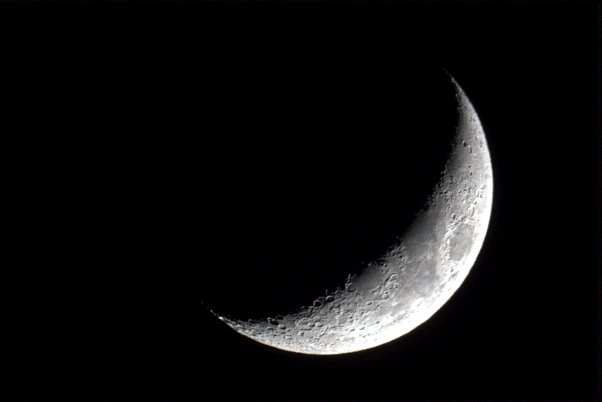
Anonymouse
Members-
Posts
8 -
Joined
-
Last visited
Recent Profile Visitors
The recent visitors block is disabled and is not being shown to other users.
-
Hi, Thank you for that, the toolbar must have got messed up somehow. I can now rotate the image, but that also crops it, with a white bar top and bottom. That's not really what I wanted, see image: In fact, the image from the camera is always landscape as is the camera sensor. So I don't actually need to change the image map, but the perceived orientation as set by the EXIF data. Affinity steadfastly refuses to see this as anything other than a portrait image, but I intend for it to be landscape. This should be much easier to do than it is...
-
Sorry, I beg to differ. Raw files are also bitmaps, just with more bits per pixel. I can read them as 16bpp/color images with my own application... Apps like Photoshop are bloatware, but even there I have faster and better access to images. I like Affinity for a number of reasons, and my critique was in the hope of maybe persuading Serif to make some basic improvements, like rotating the image map of an unprocessed raw file, for example.
-
Hello, I have tried to edit an ARW image taken with a Sony camera. In this situation, Afinity behaves in a very annoying fashion. First of all, it always opens such images in "develop" mode, and both loading and "developing" are excessively slow. Second, and much worse, Affinity does not seem to want to rotate images from my camera, if developed or not. The rotation seems to depend on the EXIF data, and where I have found rotation menu items, these are consequently grayed out. I am sorry, but raw files are just bitmaps like everything else, and I question the purpose of having such a develop mode at all, it doesn't make any sense to me. Further, I can't easily load and scroll through such raw images, even freeware like IrfanView does this much better. Combined with the loading time, and the inability to treat such data as a simple 16bpp (or whatever) raw bitmap that doesn't need "developing", makes the application far less useful than if you were to abandon this feature altogether. The workflow is just too slow! First and foremost, I would like the ability to 90° rotate and reverse raw images bitmaps no matter what the camera says is supposed to be the right way up. Secondly, I would like to be able to quickly look through and select one or more raw images in Affinity, without going through the rigmarole of this slow and tedious "develop" nonsense... Kind regards
-
Planetary Photography
Anonymouse replied to Anonymouse's topic in Pre-V2 Archive of Desktop Questions (macOS and Windows)
As far as samples go: Here a 5 image stack from Jupiter, showing massive distortion in shape, colour shift (orange on the left, blue on the right) effects, and so on. As Jupiter was low on the horizon, I only got around 36 x 36 pixels, but it does give a nice indication of the issues involved. The image quality gets much better when the planet is close by, and you are shooting almost vertically, but that is seldom the case. The second image is a 3 image stack of the moon, almost directly overhead, but there is still considerable blurring. This is a really difficult form of photography, and any automation of post processing would be helpful. -
Planetary Photography
Anonymouse replied to Anonymouse's topic in Pre-V2 Archive of Desktop Questions (macOS and Windows)
Hi, I think I need to explain further. I don't have expensive equipment, I am using a cheap telescope someone gave me, a tracking tripod, and a sony alpha 6300. I have been reading articles about this, and what is often proposed is to record a movie, and then analyse the individual pictures of the movie. Many articles suggest working with datasets of 10,000 pictures or more, and lots of expensive equipment. Given that I will use a smaller number of individual shots to start with, and given that each colour picture from say 100 will need: To be separated into the three colour bands R, G, and B Each R, G, and B to be realigned to recreate a colour picture, where the colours actually line up All pictures to be averaged together to create a map of where the object (planet) is most likely to be Then filter out all the pictures that are too distorted Last, stack all the pictures to produce a clear single image (AP can definitely do that part) The question is, can Affinity Photo be used to automate all the steps, or do I have to buy/build an image pre-processor for that. Further, has anybody ever tried something like this? I certainly don't want to perform all these steps by hand. BTW. all of the free image stacking tools I have tried failed my simple test of stacking 3-4 nearly identical images, which is why I bought the Affinity Photo license in the first place. Because it worked! -
Planetary Photography
Anonymouse replied to Anonymouse's topic in Pre-V2 Archive of Desktop Questions (macOS and Windows)
Hi John, Thanks. First I would have to separate the layers, then stack them. Also, it would not be a small number of images, I think this would need to be several 100 images before one can select out the least distorted pictures. I will give it a try, when it stops raining, to get a good set of images to work with. -
Hi, I would like to try the very effective stacking tools in affinity photo to stack images from planets. The first task would be to remove or rather reduce distortion due to the atmosphere. When I stack in affinity photo, it will already bend and twist images to make them align, so I hope that a reasonably large set of preselected images would reduce the distortion. The second task is to realign RGB within each image to compensate for the atmospheric prism effect. I am sure this is possible if one has an infinitely long lifetime in which to do this, so my question is, how can such a process be automated to perform the two tasks above, or has someone already done something like this. If anyone has tried any of this I would be very interested in the experiences gathered.



